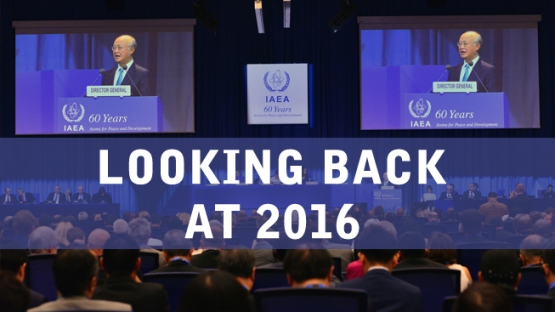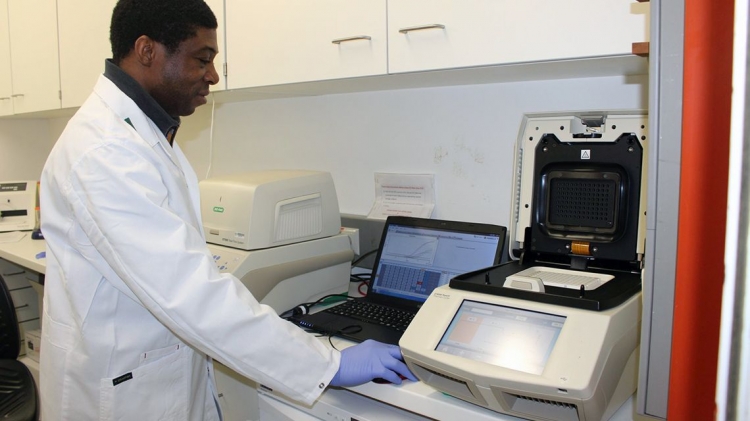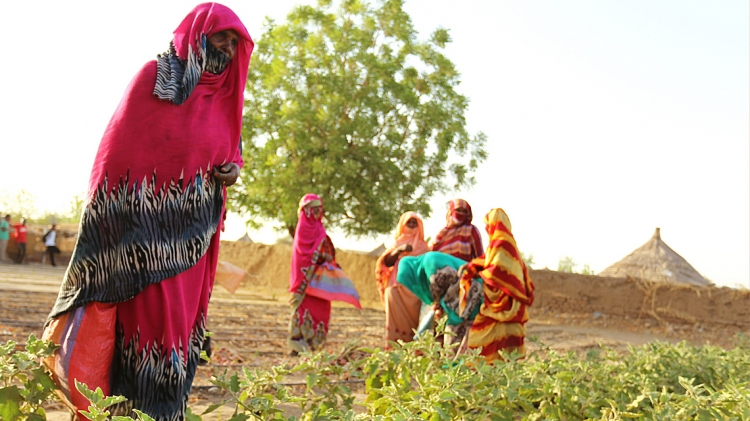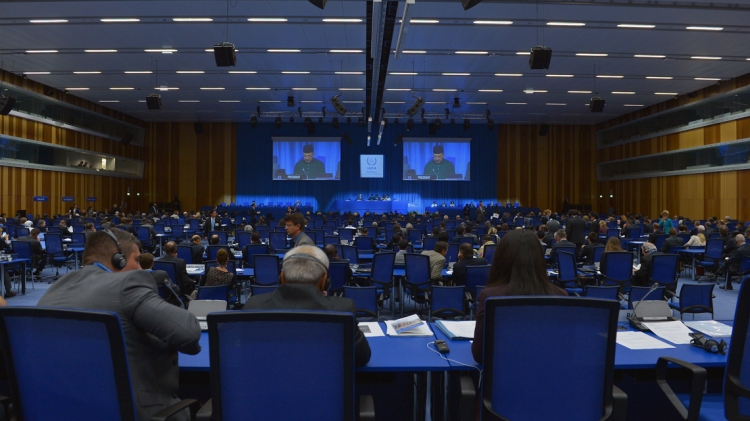A major report on verification and monitoring in Iran, the entry into force of the Amendment to the Convention on the Physical Protection of Nuclear Material (CPPNM), response to the outbreak of the Zika crisis in Latin America and the Caribbean and the promotion of safe nuclear solutions towards sustainable development worldwide — these have been some of the main achievements in 2016 of the IAEA, as it entered the year of its 60th anniversary.
Below are the highlights of the IAEA’s activities in strengthening the peaceful uses of nuclear science and technology and a look at the many topics in focus over the course of the year.
Iran
A major report that marked the implementation day of the Joint Comprehensive Plan of Action (JCPOA) was released by the IAEA Director General Yukiya Amano on 16 January 2016. The report confirmed that Iran had completed the necessary preparatory steps specified in Annex V of the JCPOA, which was agreed in July 2015 between Iran and the so called E3/EU+3 – China, France, Germany, Russia, the United Kingdom, the United States and the European Union. The IAEA’s Board of Governors had authorised Mr Amano to implement verification and monitoring of Iran’s nuclear-related commitments under the JCPOA in August 2015, following a request by the United Nations Security Council. Implementation of the JCPOA marked the beginning of a new phase in relations between Iran and the IAEA.
To ensure effective and efficient verification and monitoring of Iran’s nuclear-related commitments under the JCPOA, a new Office of Safeguards Verification in Iran was established and a new 24/7 high-tech device — the Online Enrichment Monitor, or OLEM, was installed to verify that Iran keeps its level of uranium enrichment at up to 3.67%, as committed under the JCPOA.











